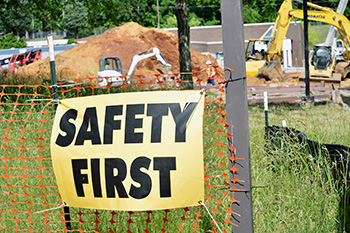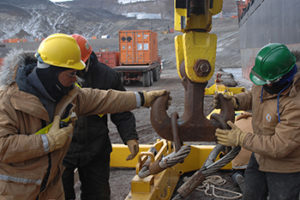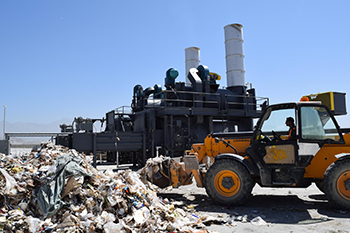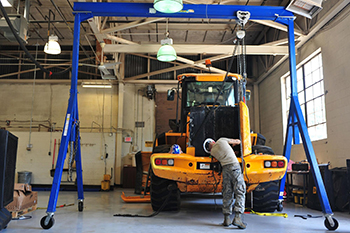As the summer months roll in, the rising temperature will pose an undue disadvantage to the construction projects. Excessively high temperatures on the construction site can be a serious health hazard to the construction staff.
Dehydration and heat stress are a common cause of injuries and fatalities on site, but these are perhaps the most easily avoidable.
To keep your talent safe and productive, employers must educate employees and supervisors alike about the potential dangers of heat stress and heat stroke.
Managing the Heat Risk
Heat stress is caused when the body is unable to regulate itself by sweating and the core body temperature rises to critical levels. Heat-related illnesses occur when the body is not able to lose enough heat generated by physical work and external heat sources. It is a medical emergency that can lead to cramps, exhaustion, stroke and in severe cases, death. The good news is that heat illness and deaths are preventable. A key component of prevention is to provide mandatory breaks, or recovery periods, for employees working when temperatures are high.
 Simple tips and tools for countering the Aussie heat can help construction teams safely manage staff.
Simple tips and tools for countering the Aussie heat can help construction teams safely manage staff.
- Hydration
- Work Shift Timings
- Mandatory Breaks
- Dress Smart
- Protect Against the Sun
- Be Prepared
To create a healthy and safe environment for all workers at construction and mining sites, employers need to provide them with personal protective equipment.
ProjectLink has compiled a list of some effective cooling products that all workers should wear while working in hot environments. Read on to find more.
Source: https://www.projectlink.com.au/blog/tips-tools-to-stay-cool-at-work/




 For any commercial building – Materials, construction and durability of its roof are of utmost importanceFor any construction project, the durability of the building is the most important point to consider. The durability of a building is measured by the durability if its roof.
For any commercial building – Materials, construction and durability of its roof are of utmost importanceFor any construction project, the durability of the building is the most important point to consider. The durability of a building is measured by the durability if its roof. About half of the solid waste generated worldwide are from building materials. There is an environmental impact of building material at every step of the building process – extraction of raw materials, processing, manufacturing, transportation, construction and finally disposal.
About half of the solid waste generated worldwide are from building materials. There is an environmental impact of building material at every step of the building process – extraction of raw materials, processing, manufacturing, transportation, construction and finally disposal. It is now prudent and good practice to develop a construction waste management plan. The key objectives of any construction waste management plan should be to:
It is now prudent and good practice to develop a construction waste management plan. The key objectives of any construction waste management plan should be to: The construction industry accounts for more than 8% of Australia’s GDP. Like all businesses, the construction industry is working towards improved processes and business efficiencies. Construction projects are complex and have many stakeholders – it is important for project management to follow proper processes and be ready for all kinds of challenges.
The construction industry accounts for more than 8% of Australia’s GDP. Like all businesses, the construction industry is working towards improved processes and business efficiencies. Construction projects are complex and have many stakeholders – it is important for project management to follow proper processes and be ready for all kinds of challenges.
 Construction equipment maintenance tips can be divided into sections. Each section is based on suggestions about how to improve the work quality of the construction equipment and how to reduce the overall cost.
Construction equipment maintenance tips can be divided into sections. Each section is based on suggestions about how to improve the work quality of the construction equipment and how to reduce the overall cost.